7 most destructive volcanic eruptions in human history

Mount Tambora erupted in 1815 on the Indonesian island of Sumbawa. Historians believe it was the deadliest known direct impact volcanic eruption, with an estimated 100,000 died. Overview of seven most destructive volcanic eruptions in human history
This is not the case if someone believes that the circumstances on our planet are great for humans. Astronomers are already identifying planets in outer space that, based on mathematical calculations, could provide better living circumstances for humanity. What is the problem with our planet? Yes, there are a lot of things. Hurricanes, floods, droughts, dramatic temperature swings, earthquakes, and volcanic eruptions are all examples of natural disasters.
The latter is the most dangerous since they not only destroy everything in their path but also spew masses of ash into the sky, perhaps leading to a volcanic winter in the future. Several significant eruptions have occurred throughout the history of humanity, destroying communities and threatening the lives of all people on the earth.
Most destructive volcanic eruptions in human history
Krakatoa, Indonesia
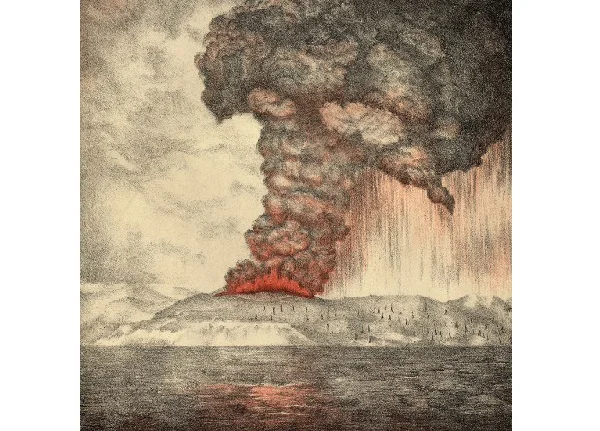
Between the islands of Java and Sumatra, one of the most powerful volcanic explosions in human history happened. In 1883, the Krakatoa volcano erupted, destroying the mountain and the island on which it stood. The eruption’s energy was so enormous that the ash reached a height of 55 kilometers and spread out across a 500-kilometer radius. A tsunami erupted as a result of the explosion, with waves reaching up to 20 meters high.
Over 36 thousand individuals died as a result of all of this. To put this explosion in context, its TNT equivalent was 100-200 megatons, which is 2-4 times more powerful than man’s most powerful thermonuclear bomb, the Tsar Bomba.
Tambora, Indonesia

In summary, the supervolcano Tambora, situated on the island of Sumbawa, erupted on April 5, 1815, with a force of 7 points, the second most powerful on the scale of eruptions. At the same time, 800 megatons of energy were unleashed due to the explosion, making it more than ten times more powerful than the Tsar Bomba. Around 71 thousand people were killed due to the explosion, lava flows, hot ash, and tsunami.
However, in addition to the physical destruction caused by the eruption, the Tambor volcano irritated humankind by spewing a massive quantity of ash, resulting in the so-called “year without summer” in 1816, when frosts occurred in the Northern Hemisphere as early as June.
Mount Vesuvius, Italy
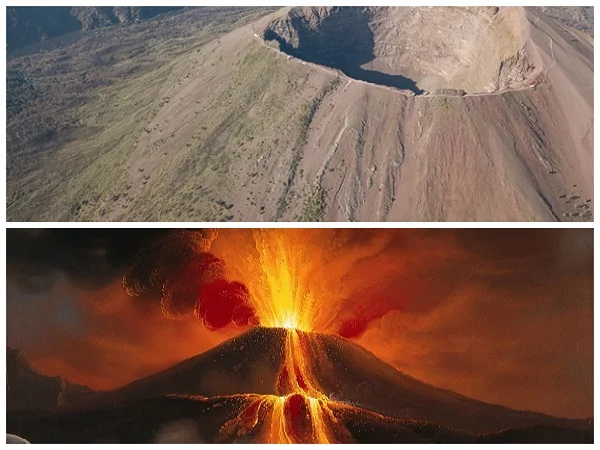
Perhaps the most famous eruption, although not as catastrophic as the previous one, left an indelible mark on humanity’s psyche. On August 24, 79 AD, the volcano erupted, burying the towns of Pompeii, Herculaneum, Stabiae, and other communities at its foot in red-hot ash. The ash and smoke reached a height of 33 kilometers, with an explosive force many times greater than the nuclear bombs unleashed on Hiroshima and Nagasaki.
The exact number of persons that perished that day is still unclear. So, for example, almost 2,000 individuals were discovered buried under the ashes in Pompeii alone. According to scientists, the overall number of casualties might be as high as 16,000.
Montagne Pelee, France
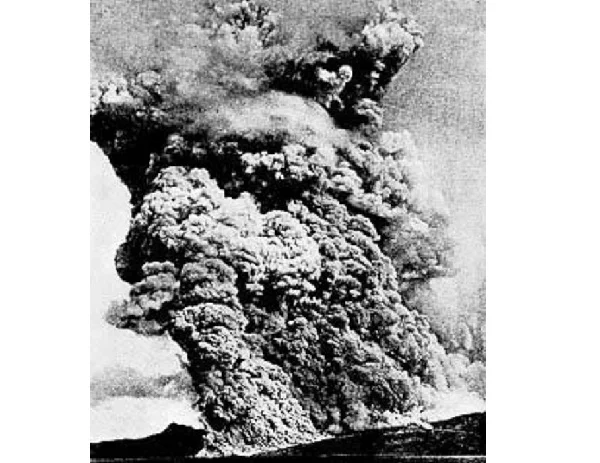
The Montagne Pelee volcano is situated in Martinique, an island in the Caribbean Sea. An eruption occurred on May 8, 1902, resulting in a massive quantity of stones, ash, and gas. The most devastating was the so-called “pyroclastic flow,” a hot gas that demolished the city in minutes and killed the whole island’s inhabitants, which numbered over 28 thousand people.
The stream’s power was so great that it effortlessly tossed the multi-ton monument several meters away, and the heat was so intense that glass was melted. No lava was ejected during this eruption; just gas and ash were released.
Nevado del Ruiz, Colombia
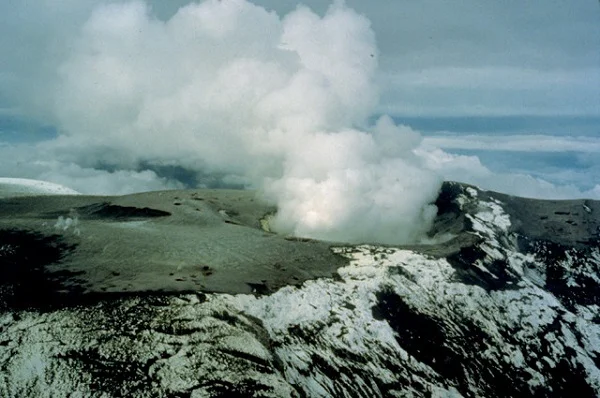
On November 13, 1985, one of the most devastating eruptions in human history occurred. The melting of glaciers at the volcano’s summit and the creation of volcanic mudflows were caused by the discharge of hot materials and gases.
Mudflows connected to mountain rivers and dropped into the valley, causing massive landslides that almost destroyed the city of Armero, killing over 20,000 people. Moreover, mudslides killed nearly 2,000 additional people in the Chinchina region. Experts estimate that at least 23 thousand people perished as a result of the eruption.
Laki and Grimsvotn, Iceland
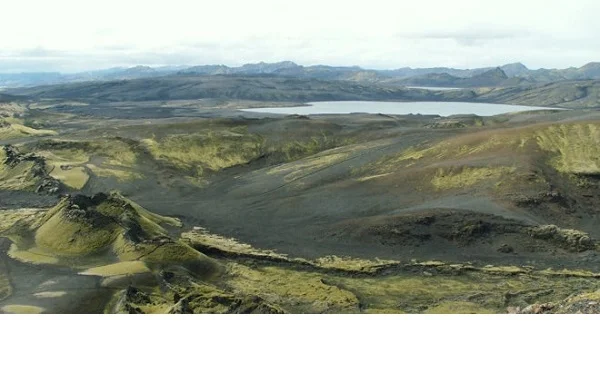
A sequence of eruptions of the Laki and Grimsvotn volcanoes co-occurred in 1783-1784, lasting more than eight months. Consequently, clouds of deadly gas surged into the air, killing animals, birds, and fish and covering meadows and fields with volcanic ash. As a result, a famine broke out on the island, killing around ten thousand people.
In addition, the emission of ash into the atmosphere caused a reduction in temperature in the northern hemisphere of the earth, resulting in crop failure in Europe in 1784 and more casualties due to starvation. Some historians think that the volcanic eruptions of Laki and Grimsvotn and the resulting food shortages contributed to instability in France and the ensuing French Revolution.
Mount Pinatubo, Philippines
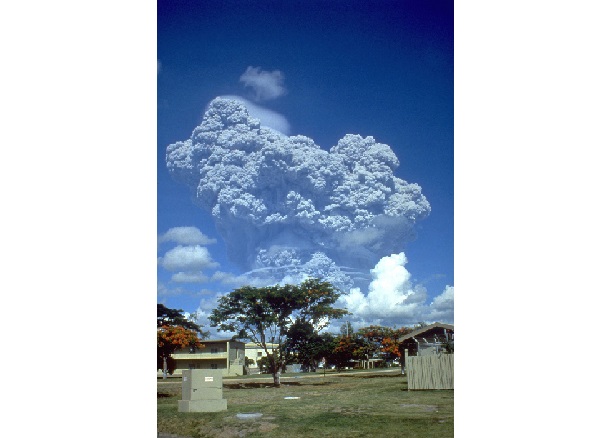
This volcanic eruption happened just a few years ago, on April 2, 1991, and continued until September 2, 1991. The ash column reached a height of 19 kilometers on June 12, and a subsequent explosion on June 13 resulted in creating a cloud that reached a height of 40 kilometers. More than 800 people were killed as the volcano ejected a massive volume of lava, boulders, pyroclastic flows, and mudflows.
Approximately 17 megatons of sulfur dioxide were released into the atmosphere simultaneously, resulting in a 0.5-degree cooling from 1991 to 1993. Furthermore, the volcano’s region remained hazardous for many years during rainstorms, when volcanic materials plummeted with the water. Scientists also think that the ozone layer has shrunk due to Mount Pinatubo’s eruption, resulting in a big ozone hole above Antarctica.




